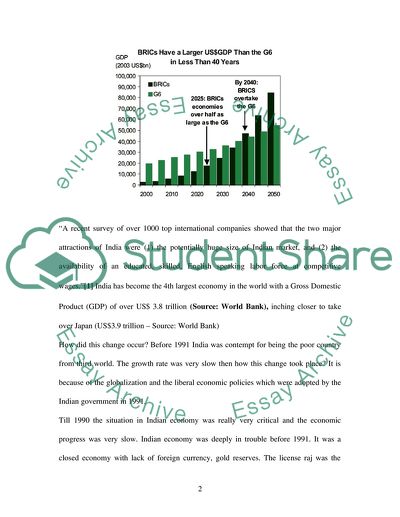Cite this document
(The Economic Reforms in India Term Paper Example | Topics and Well Written Essays - 2500 words, n.d.)
The Economic Reforms in India Term Paper Example | Topics and Well Written Essays - 2500 words. Retrieved from https://studentshare.org/macro-microeconomics/1728093-the-economic-reform-in-india
The Economic Reforms in India Term Paper Example | Topics and Well Written Essays - 2500 words. Retrieved from https://studentshare.org/macro-microeconomics/1728093-the-economic-reform-in-india
(The Economic Reforms in India Term Paper Example | Topics and Well Written Essays - 2500 Words)
The Economic Reforms in India Term Paper Example | Topics and Well Written Essays - 2500 Words. https://studentshare.org/macro-microeconomics/1728093-the-economic-reform-in-india.
The Economic Reforms in India Term Paper Example | Topics and Well Written Essays - 2500 Words. https://studentshare.org/macro-microeconomics/1728093-the-economic-reform-in-india.
“The Economic Reforms in India Term Paper Example | Topics and Well Written Essays - 2500 Words”, n.d. https://studentshare.org/macro-microeconomics/1728093-the-economic-reform-in-india.


